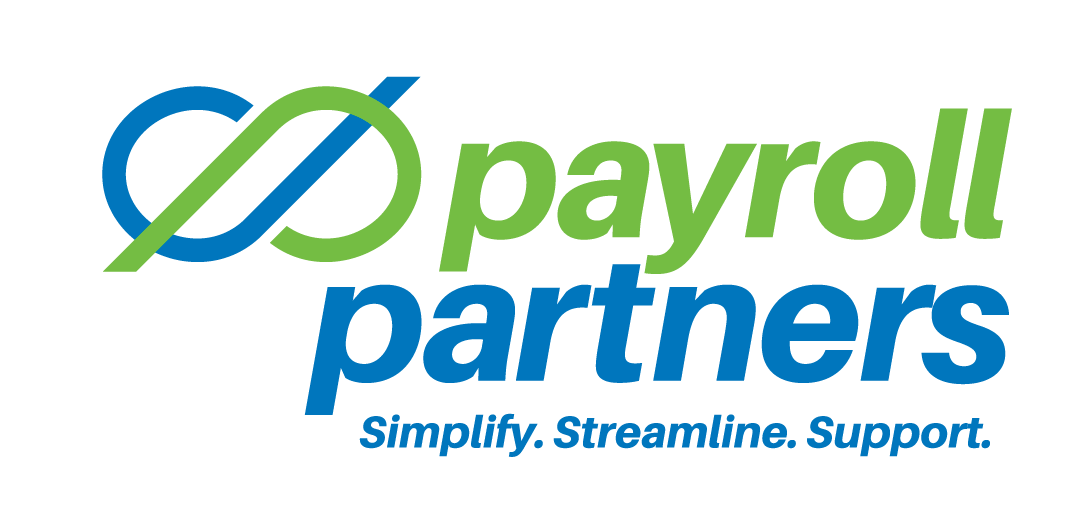
13 Feb A New Business and Payroll
Congratulations! You’re a new business owner. Now it’s time to hire employees who will help you run your company. But before you advertise for the available positions, you should get yourself up to speed and understand the entire process involved in paying employees.
Here’s what you need to know about payroll before you hire your employees:
- Start by preparing your information.
- Obtain an Employer Identification Number.
- Secure a business ID.
- Get your paperwork in order.
- Classify your employees appropriately.
- Start setting up payroll.
- Select a pay period.
- Look into state-related requirements.
- Decide what will be best for your business.
- Choose a payroll system.
- Look into your options.
- Compare various platforms.
- Make your final decision.
Let’s take a closer look at these details.
Start by preparing your information
Obtain an EIN from the IRS. It is easy to apply for your EIN online, and you will use your EIN when you file your business taxes. From there, make sure you apply for a state or local business ID, if necessary.
This is for tax-related purposes as well. If you are unsure about whether you need to obtain additional IDs, contact local and state government officials to see what the rules are in your area. In order to file reports and taxes on behalf of your employees, you’ll need to gather certain information about them, such as their Social Security numbers, Taxpayer Identification Numbers and other compensation details.
Additionally, to stay in compliance with the rules and guidelines, you’ll need to submit Form 1-9 on behalf of your employees. Form 1-9 verifies an employee’s eligibility for employment in the United States. You’ll also be working with Form W-4 when hiring employees, whereas contractors will be onboarded via Form W-9. It’s important that you document the details in writing to prevent disagreements or confusion when hiring employees or contractors.
Classify your employees appropriately
Paying your employees on time and on a consistent basis is imperative. To ensure your employees are paid in a timely fashion, make sure you take the time to properly classify them. In other words, who works for you as an independent contractor? And which of the people who work for you are considered employees? Are all your employees full-time workers? Do you have any part-time employees? These are important to think about, identify and document.
If you’re not sure as to the status of those you’ve hired, take the time to look at the legal definitions of each employment type as well as the differences between how much you will pay each person and how much you will withhold in taxes. You can also use IRS Form SS-8 for additional help when it comes to classifying your workers. It’s important that you take this step very seriously because there are consequences for misidentifying your workers.
For instance, if you accidentally classify a full- or part-time employee as an independent contractor, you would end up failing to withhold income taxes for them or pay any payroll taxes on their behalf. As a result, you would end up having to pay back payroll taxes to account for the taxes you should have withheld from the beginning.
Not only would you have to amend your taxes, but you could potentially find yourself paying interest or penalties as well. Approximately 10% to 20% of employers misclassify their employees, so it is not entirely uncommon to do so, but it’s a major problem if you misclassify your employees on purpose.
Some people will do this intentionally because employees often cost companies anywhere from 25% to 30% more than contractors do, meaning it’s far more cost-effective for many businesses to hire contractors instead of full-time employees.
However, on the topic of employees, the Fair Labor Standards Act makes distinctions between exempt and nonexempt employees. This can help you better understand which of your employees are eligible for overtime and which are not.
Start setting up payroll
After you have completed the aforementioned steps, you will be ready to set up payroll. You can begin this process by choosing a pay period. First, check the requirements set forth by your state. Are there any constraints for when or how you can run payroll while staying in compliance with your state’s laws?
From there, weigh your options. What’s best for you? Payroll will be your greatest expense as a business owner, so taking this seriously is key.
Select a pay period
Consider the pay period you’re thinking about establishing. Will it cause cash flow problems? Is this the most beneficial setup? Or is there a pay period that would be more convenient for payroll? After asking yourself these questions and being honest with your answers, you can set up a schedule that matches the pay period you have selected.
Also, make sure you take the time to think about what your employees need. What would they prefer? Put yourself in their shoes. It can be hard to wait an entire month before you get paid again, so most employers opt for either weekly or biweekly payments. But once you make your decision, inform your employees about the payroll schedule so they can plan accordingly.
Choose a payroll system
How do you want to go about paying your employees and contractors? There are many ways to go about payroll. Whether you opt for pen and paper or an online payroll service, you’ll just want to make sure that you find a payroll system that you can commit to and that works well for you.
If you aren’t sure which route to choose, research your options. You’ll want to go with a payroll method that is not only efficient in that it saves you time but also ensures that you get all the details correct when you are paying your employees. The perfect payroll provider for you should also be one that is easy to use and offers the ability to grow with your business. Last but not least, it should also be affordable in a way that fits your budget, not stresses you out financially.
How do you choose a payroll company when there are so many options out there? Start by asking fellow entrepreneurs which payroll company they trust or whether there are any options they would highly recommend. Alternatively, you can read reviews online and take the word of those who have experience with the platforms you’re considering. From there, make a decision about whether you’d like your payroll processes to be carried out by someone within the business or you’d prefer to outsource payroll altogether.
It’s recommended that you ask yourself whether the payroll provider you are considering will result in a seamless payroll process. You don’t want to go with a payroll company that will do nothing but complicate matters, so seek out a platform that is mobile friendly, comes with an intuitive menu that is structured with usability in mind and contains easy-to-read text paired with clearly labeled functions.
Consider your own abilities
Furthermore, can you use the payroll system yourself? Or is it too complex to the point where only someone with experience running payroll via this specific system can manage payroll for your company? Even if you ultimately choose to hire a bookkeeper for all things payroll, you should always know how to operate the payroll system and what the features do.
If you are unfamiliar with the payroll system, this does not necessarily mean that you should not opt for the payroll system you’re considering. Instead, learn the ropes of the payroll platform. You can either ask for a demo from the service provider or you can spend time learning how to navigate the platform on your own.
Do you understand the terminology involved in the payroll process? Do the features offered by the platform apply to your business or the industry you work in? Is there a live chat function for the times you might need assistance with the platform? These are just a few of the many questions you should ask yourself as you seek a payroll system for your business.
Small-business owners reportedly spend between one and five hours per month on payroll alone. While there are ways to expedite and amplify the efficiency of payroll processes, the most important details should never be overlooked.
Always notify your workers about when they can expect to be paid, whether they will receive a check or direct deposit, and which deductions they can expect. Make sure you add these details to your employee handbook so that employees and contractors can always reference them.
Original content by © IndustryNewsletters. All Rights Reserved. This information is provided with the understanding that Payroll Partners is not rendering legal, human resources, or other professional advice or service. Professional advice on specific issues should be sought from a lawyer, HR consultant or other professional.


